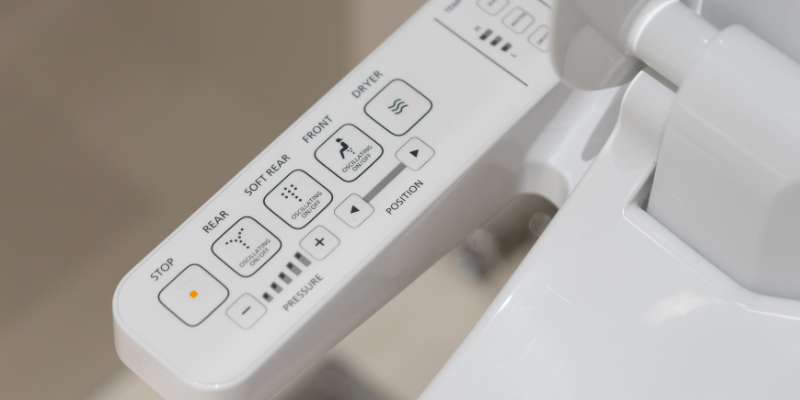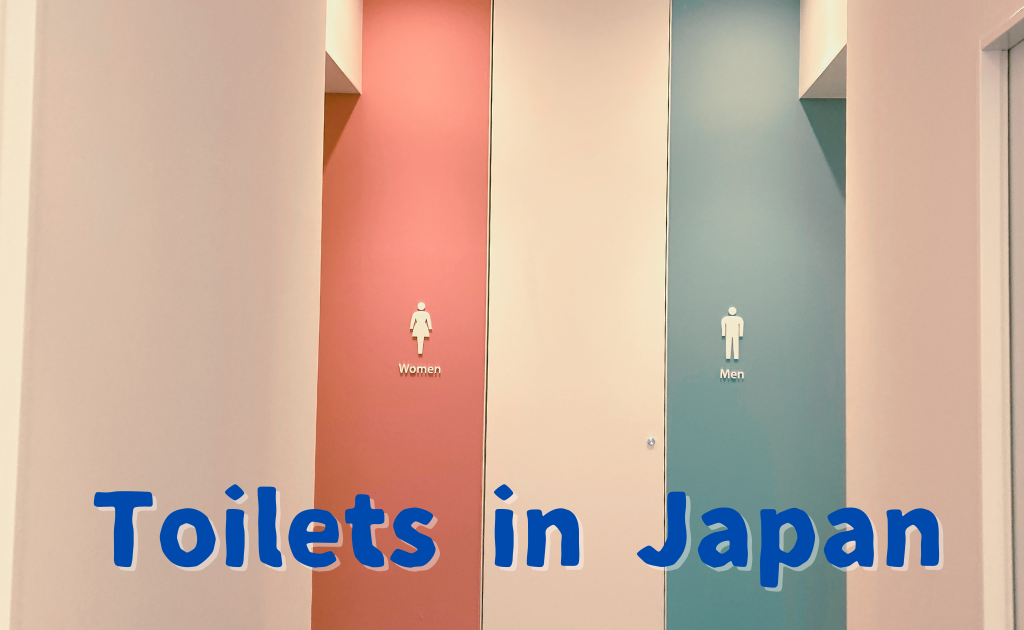It is true that Japanese toilets are the cleanest in the world!
Japanese toilets are said to be the cleanest in the world. They are usually cleaned, toilet paper is placed, and the door closes properly. Compared to other countries I’ve visited, I don’t think there is any doubt about that. (Of course, there are toilets in Japan that I would rather not go into.)

Japanese toilets are now internationally famous for their multifunctionality. Many toilets are now equipped with a washing function after use. All you have to do is push a button. The buttons are illustrated, so there is no need to be confused. In addition, toilets in high-class hotels and restaurants turn on the light just after entering the private room and open the lid of the toilet seat with a sensor. As an added bonus, the toilet seat is heated, so it doesn’t get cold when you sit down.
What is a multipurpose restroom?

A multipurpose restroom is a restroom that is provided separately from the men’s and women’s restrooms. As the name “multipurpose” implies, they are also used by people in wheelchairs, ostomates, and for changing diapers for babies. They can be considered gender-free toilets, and the number of toilets that actually display such signs is increasing. Those who are uncomfortable with gender-segregated restrooms are encouraged to use these restrooms. However, as mentioned above, they are also used by people with physical disabilities, so please be considerate.
These restrooms are located in airports, medium-sized and larger train stations, large supermarkets, department stores, etc. They are often located in the middle of men’s and women’s restrooms.
In addition to men’s and women’s restrooms, some restaurants and taverns have dual-use restrooms.
Things to keep in mind when using public restrooms
In a small percentage of public restrooms, there are cases where toilet paper is not provided. This is often the case in small parks. In this case, you will need to buy tissues to carry around with you (“pocket tissues” are commonly used in Japan) at a nearby convenience store or the like. If it is urgent, you can ask someone nearby. Most Japanese women carry pocket tissues with them.
Do you know what a Japanese-style toilet is?
Nowadays, Western-style toilets account for 80 to 90% of all toilets in Japan. In some old facilities, you may encounter Japanese-style toilets. Japanese-style toilets are toilets in which people squat down and use the toilet while straddling the toilet bowl. It is not so inconvenient, but it is disliked by people with weak legs and backs, and many people consider it unhygienic because excrement tends to fly out of the toilet bowl.
The Japanese-style toilet was created because it was convenient for people to do their business while wearing kimonos, and until around 1990, many residential toilets were also of this style.
“Toilet” In Japanese
The word “toilet” is commonly understood in Japan. Other words used to refer to toilets include “Ote-arai” and “Keshoshitsu”.
“Ote-arai” means a place to wash your hands. “Keshoshitsu” means a room where one fixes one’s makeup, an expression often used by women. Both are euphemisms.

